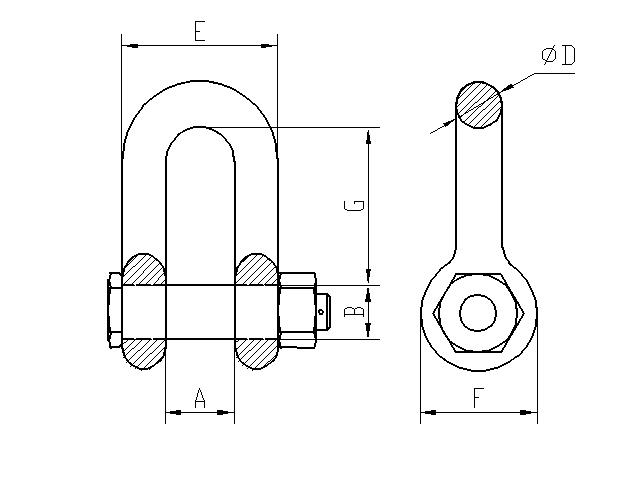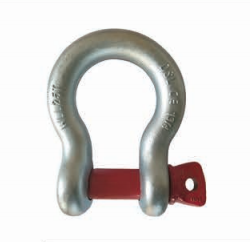The working load limit (WLL) of a shackle is the maximum weight or load that a shackle is designed to safely handle under normal working conditions. It is usually expressed in tons or pounds and is determined by the manufacturer based on factors such as the material of the shackle, its size and shape, and the angle of the load applied to it.
The WLL should always be considered when selecting a shackle for a particular application. The load being lifted or secured should not exceed the WLL of the shackle, as doing so can cause the shackle to fail and result in serious injury or property damage.
It is important to note that the WLL of a shackle is not the same as its breaking strength or ultimate load limit. The breaking strength is the point at which the shackle will fail catastrophically, while the WLL is a safe working load that takes into account a safety factor and the expected conditions of use.
The WLL of a shackle can be found on its label or stamped into its body. It is important to always use shackles that are properly marked and have a known WLL, and to follow the manufacturer's instructions and industry standards for their use and inspection. Regular inspection and maintenance of shackles is also important to ensure their continued safe use.








